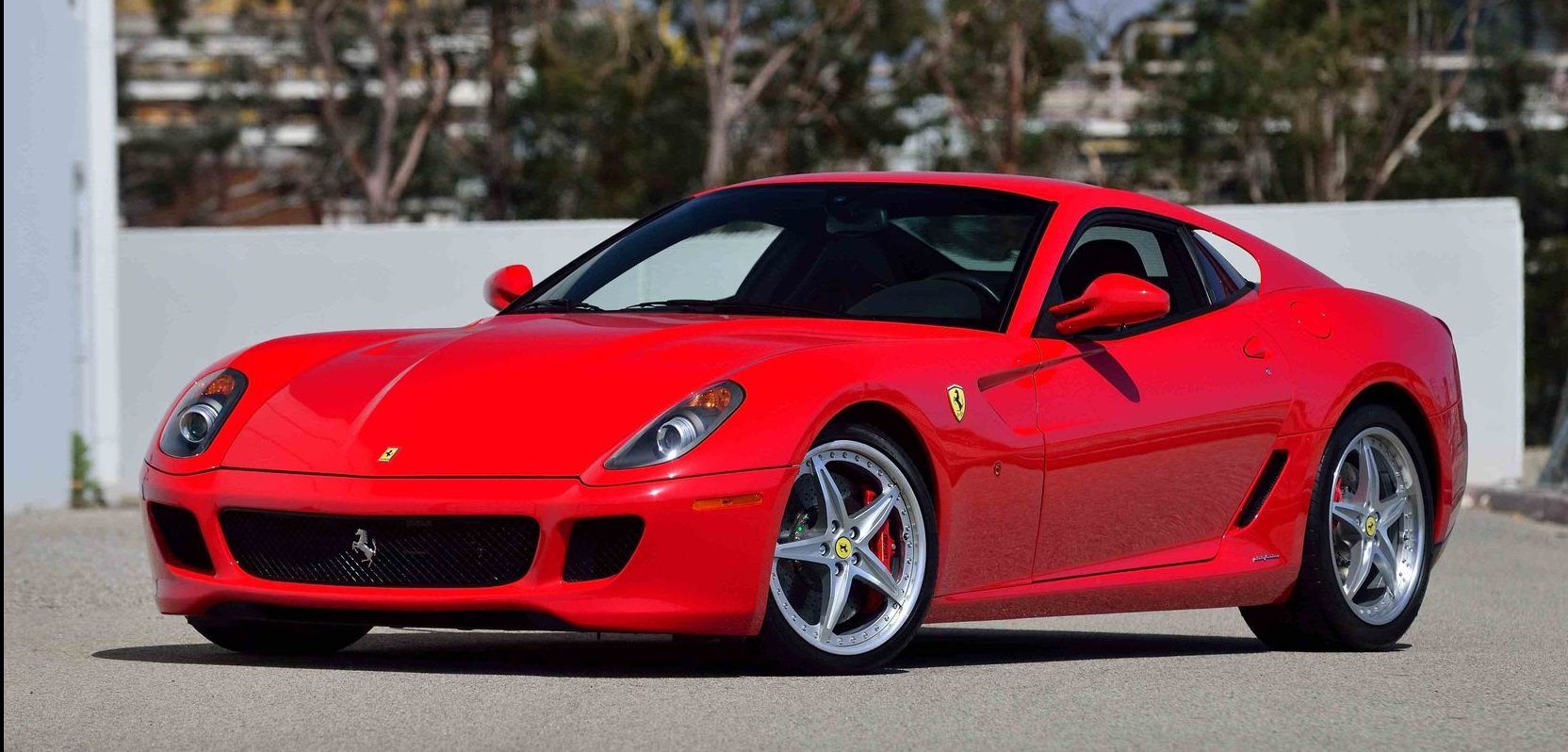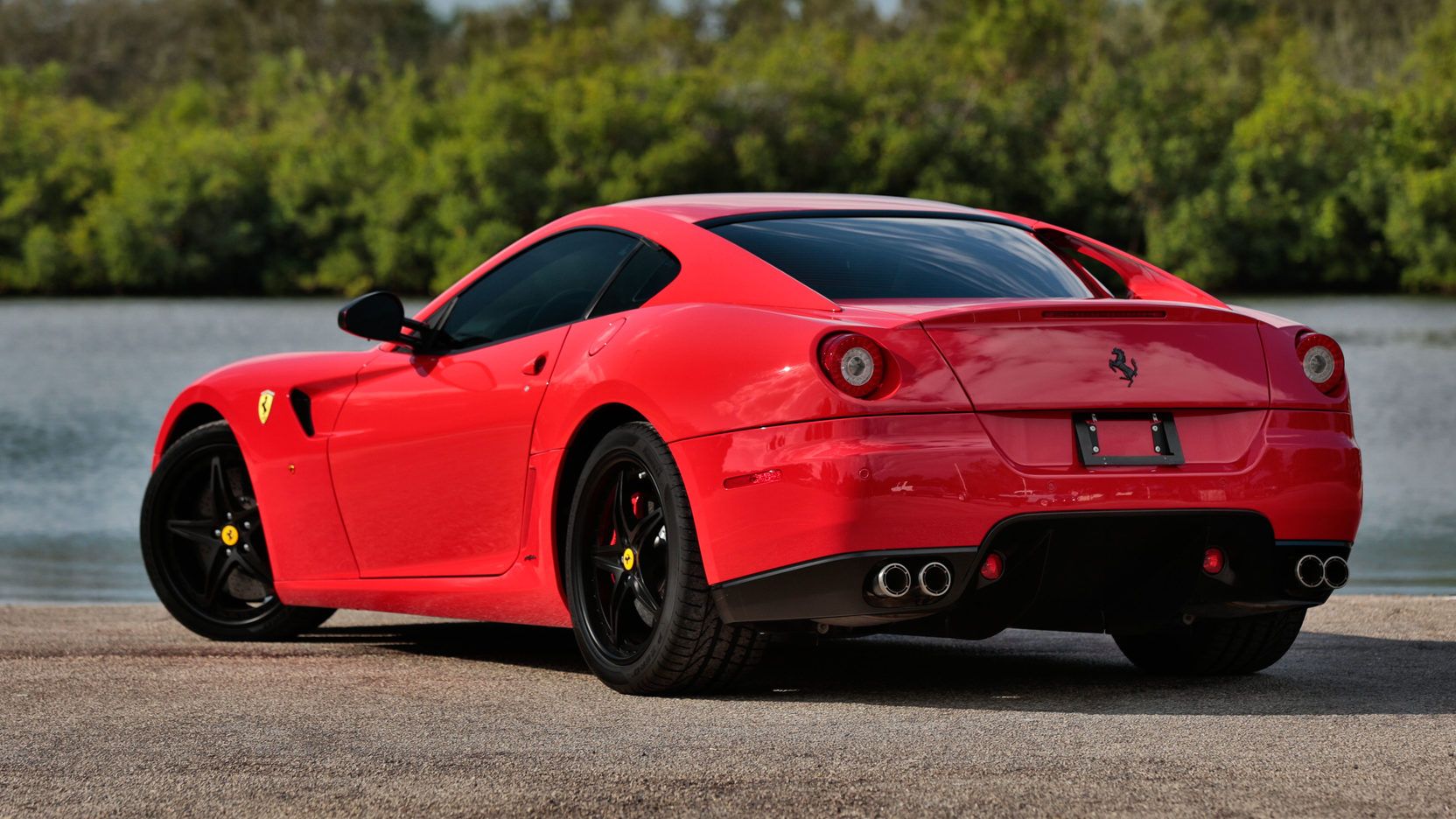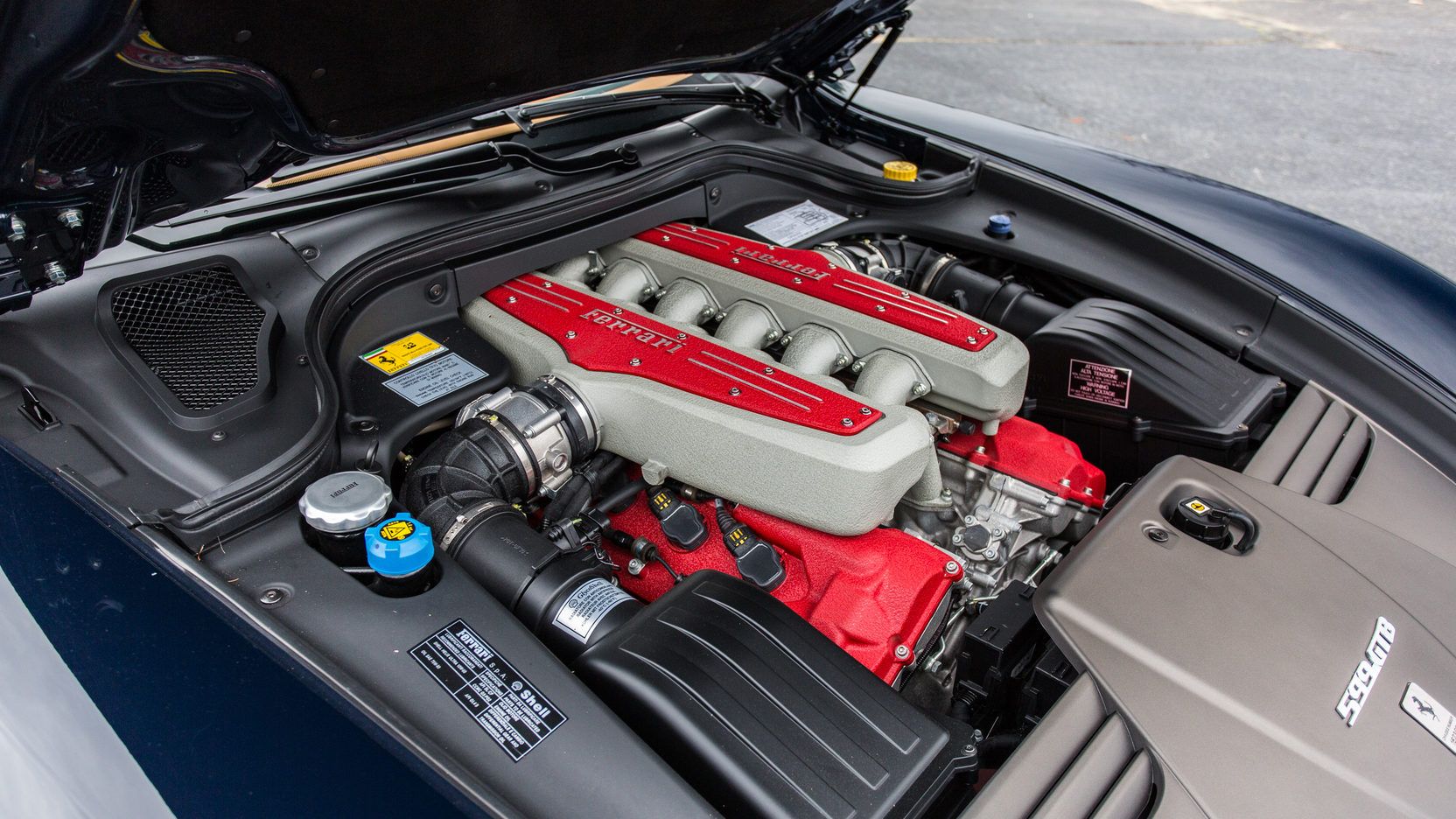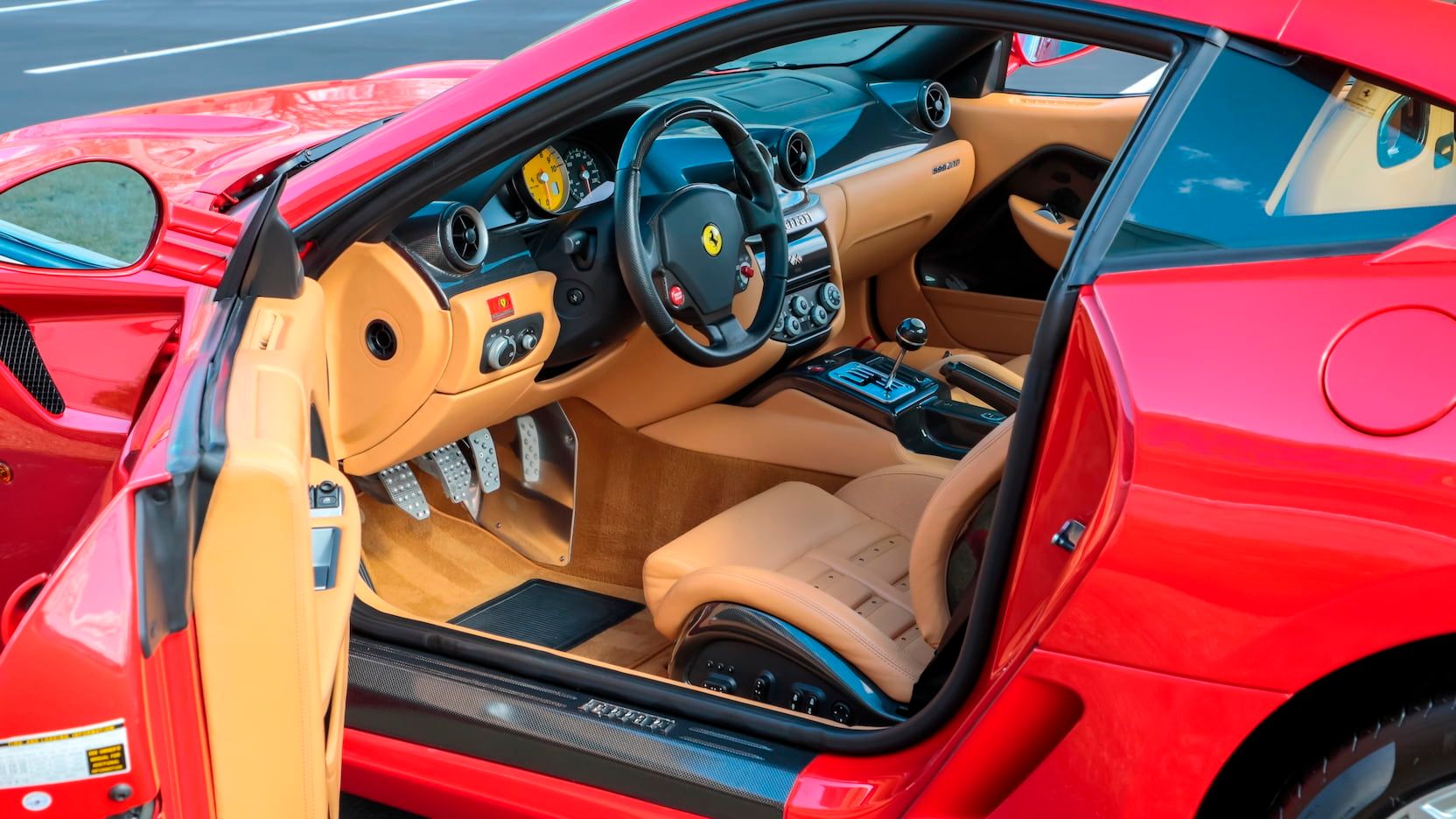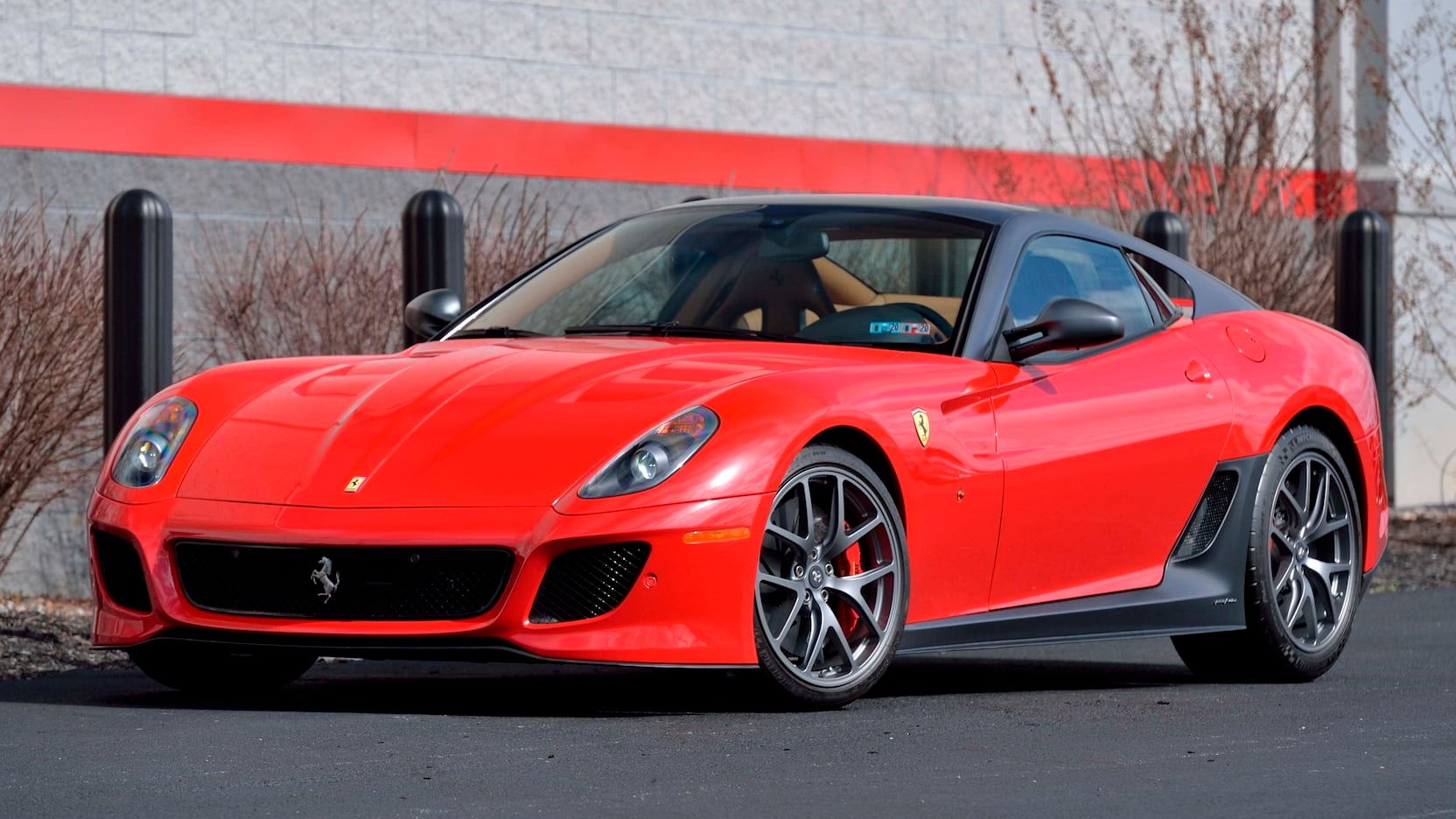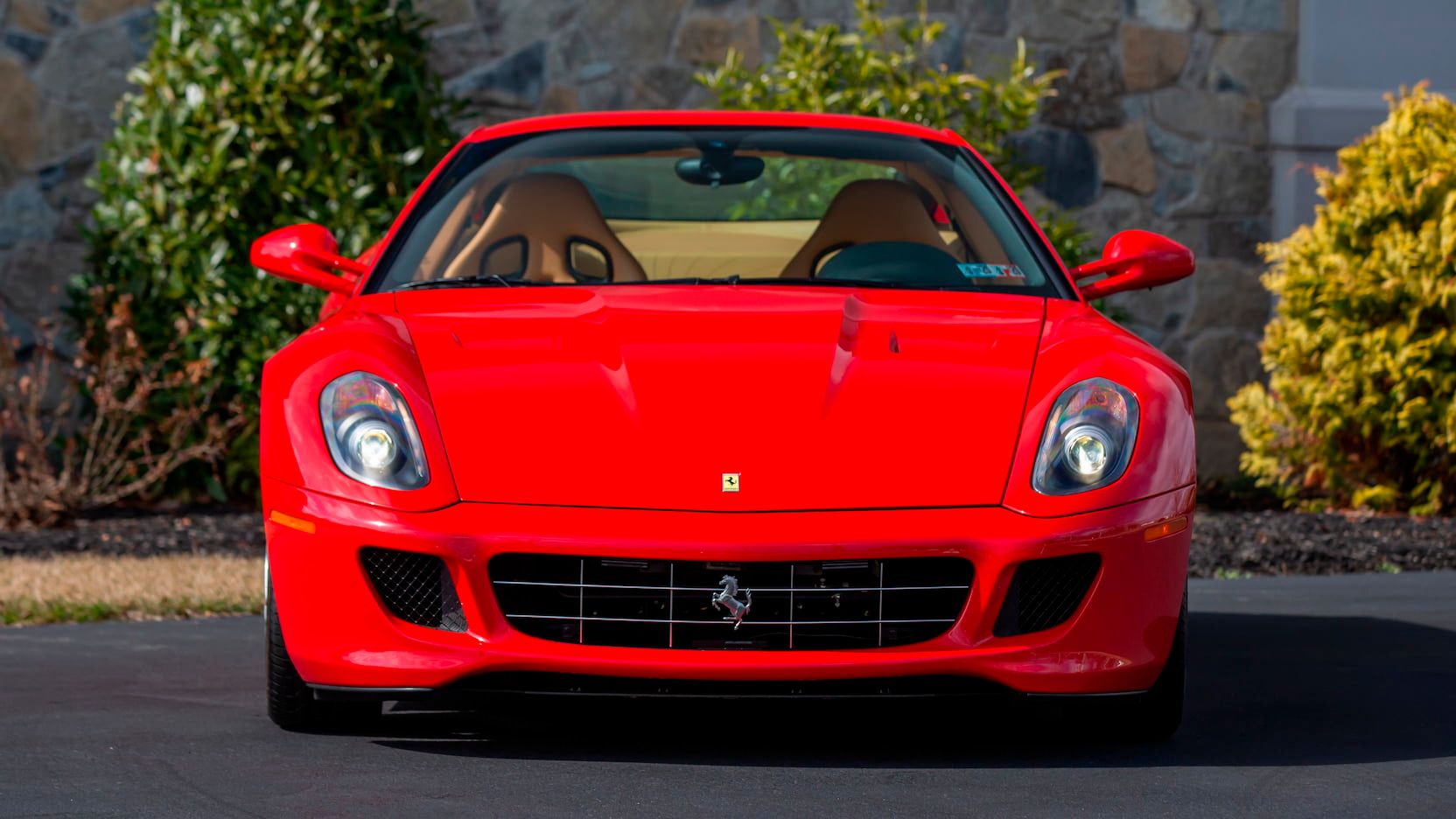The world of Ferrari's cars is an illustrious one, packed with an 80-year history of race car and supercar building that's seen a glorious quest for performance on and off the track. While Ferrari's most iconic and often most desirable road-going cars are the brutally fast and nimble mid-engined ones, one sub-section of Ferrari's cars stands out as just as incredible, with a focus more on road-going comfort than absolute corner attacking performance - the front engine V12 grand tourer.
Born from a great line of heritage that started all the way back in the '40s with their first road-based car, the 166 Inter, the V12 Ferrari Grand Tourer evolved into the spectacular 250 GT in the '60s, then reached perhaps its most iconic classic peak with the jaw-dropping 365 GTB/4 Daytona later in the decade. Going on a hiatus for 2 decades, the type saw a successor in the '90s with the 550 Maranello and its evolution of the 575M.
Continuing that lineage, the 599 GTB was released in 2007 with some sleek Pininfarina design and a whole lot of power.
The Peak Of An Era
The late 2000s and early 2010s were a transformational time for Ferrari that saw several awesome models released and discontinued, helping propel the brand into the growth and success they're seeing today. Riding the hype from the iconic 2002 Enzo supercar, cars like the F430 were steps forward for Ferrari, improving both their road-going performance, as well as moving away from the rather unapologetically difficult street driving experience past Ferrari models had. Also packing sleek and fairly simple looks across their range, this was the beginning of the end for the era of Pininfarina being responsible for designing Ferrari's cars, as the mid-2010s saw a shift to in-house design.
Styled by Pininfarina, the 599 came about in 2007 as yet another step forward for their lineup, with looks that were somewhat controversial when new, but today stand out as a serious high-point for that last era of sleek and stylish Pininfarina lead design. Simple and restrained, with glamor being in the subtle details and curves rather than the current trend of over-styling (not that it's a bad thing), the 599's body lines are gorgeous, with classic GT proportions, perfectly aggressive curves, and awesome details like the rear flying buttresses flanking the rear window.
Not just awesome for looks, the 599 at the time had the most powerful road-going engine Ferrari had produced, being the 6.0 L Tipo 140 C V12 laying down 611 hp. Not mind-blowing in today's market of 700 hp+ muscle cars and 1000 hp + supercars, the 599 at the time though was an absolute monster when it came to power.
That being said, one problem of supercars at the time, automated paddle-shift trans weren’t that refined, but, the 599 took measures to improve the existing F1 paddle-shift transmission, turning it into the much more responsive 6-speed F1-SuperFast. While it had steps in the current modern tech-focused direction, the 599 was a sort of last stand for old-school Ferraris, blending the two worlds remarkably well in a way that just doesn't exist today.
Worthy Of Its Name
Dubbed the Fiorano, the 599 was named after Ferrari’s private test track, and the 599 designation comes from the 5999 cc engine displacement - rounded to 6 liters. While the 599 part is natural, the Fiorano name suited the car well, as despite being a GT-focused one, the 599 is no slouch, packing over 600 hp, and being built with an all-aluminum chassis - the first of Ferrari’s GT cars to do so. Tame and comfortable on the street, the 599 comes alive when pushed, but is also surprisingly balanced when on the edge. Being naturally aspirated as well, throttle response is delightfully immediate and screams to a wicked 8,400 rpm redline. Not just for its performance, that V12 engine is also special in itself, as it wasn't just Ferrari's most powerful engine, but also was a development of the legendary Enzo supercar’s V12.
With Delphi adaptive magnetic suspension, the 599 can cruise with relative ease, acting like a proper GT, but can be stiffened to break things loose in hard track driving with the aforementioned competence when on the edge. Not a lightweight car though, the 599 GTB is a full 100 lbs lighter than the 575M it succeeded, but still tips the scales at almost 4,000 lbs, although does manage that weight well with the suspension and balance it has, not to mention the acres of power at its disposal. Further helping balance things, aero work is also intensive, with those flying buttresses being functional to reduce lift and flat belly pan with diffusers giving plenty of downforce.
The transmission adds even more performance, being an improvement on the older F1 transmission that reduces shifts to just 100 milliseconds. That being said, a 6-speed manual did exist for the 599, but only 30 were equipped with it. Regardless, the 599 was also the first road-going Ferrari to use the F1-Trac traction control system, giving optimal control of the car in hard driving. Good for a 0-60 mph time of 3.7 seconds and 200 mph+ top speed, the 599 is impressive, but not all that crazy today with sub 3 second 0-60 times and 200 mph speeds being almost expected for supercars, in 2007 though, this was some incredible market-leading performance.
Stylish Exterior, Sumptuous Interior
Being a front-engine GT, the 599's focus was as much on performance and a comfortable ride as it was on a wonderful interior for driving pleasure. Surprisingly well insulated from the outside world for a Ferrari supercar, the 599 GTB can be a much calmer experience for casual (relatively speaking) street driving against other supercars of the time, and tops that off with plenty of luxury. Another defining trait, the 599 was one of the last mainly analog Ferraris, with the only noticeable screen present being the small section on the gauge cluster, though still is a simple one for displaying readouts like performance and systems monitoring - make of this what you will, but for those who want a minimally digital experience in their supercar, this makes the 599 even more desirable.
Lack of screens aside, the overall experience of the 599's interior is great, with surprisingly comfortable yet well-bolstered leather seats keeping you planted inside without punishing your back too hard, and leather upholstery mixed with carbon fiber giving it a luxurious and comfortable layout. One thing that hasn't really changed in regards to supercar since the 2000s, the options list for the 599 was vast and incredibly expensive, with bits like a fire extinguisher, carbon fiber trim, and plenty more customization like upholstery colors and combos costing more than most commuter cars of the time sold for. Somewhat practical though, the 599 had an 11 cu-ft trunk, which was great against most supercars. For comparison, the 599’s main competition, the Mercedes SLR Mclaren had a 7.2 cu-ft trunk and already was a slightly more practical GT supercar.
As Special As Special Editions Come
Remembered as a great supercar with awesome performance, the 599's legacy though is focused on its special editions as much as it is on the "normal" car itself, and one, in particular, receives the most of this attention. Using the Enzo’s V12, the 599 GTB was already a serious performance car and was deemed worthy of bearing a super special, and only twice used Ferrari nameplate - GTO. Taking its place as the third Ferrari GTO, after the 250 GTO and 288 GTO, the 599 GTO was released in 2010 as a road-going distillation of the brutal 599XX track-only racecar.
Lightened by 220 lbs, improving handling with beefier anti-roll bars and stiffer springs, upping stopping power with massive carbon-ceramic brakes, cutting the transmission shift time in half with the 599XX’s shift control, and boosting power to 661 hp thanks to a new flat crankshaft design, better ignition control, exhaust from the XX, and more tweaks, the 599 GTO was released to massive fanfare, and still is among the most serious and collectible Ferrari supercars today, as well as one of the greatest sounding. Looks were equally as badass, with the special black accents like roof and side skirt, and the aggressive vented hood distinguishing it alongside new wheels, only 599 units of the 599 GTO were made.
While the GTO is the main 599 special edition people think about, there were a few more awesome ones introduced during its model life. Included in this, a convertible version called the Sa Aperta was limited to 80 units and used the GTO’s engine, the 599 HGTE upgraded the handling with suspension tweaks and lower ride height, and the 599 GTB 60F1 celebrated 60 years of Ferrari F1 wins with the HGTE’s upgrades, as well as special paint schemes and wheels.
Expensive When New, Expensive Today
Being both the end of an era, and a seriously special Enzo V12 powered supercar, the 599 was and still is a very expensive car, though not all that ridiculous in today's market where million dollar plus supercars not being uncommon. Sold with a base price of $260,034 when new in 2007 ($332,000 today), the 599 rose to $330,000 by the end of its model run in 2012 ($380,000 today). But that’s for the “normal” 599 GTB, as the 599 GTO had a $416,500 base price in 2010 ($505,000 today), and the HGTE started at $356,825 that same year ($433,442 today)
In today’s market, the 599 GTB goes for around $150,000 to $250,000 depending on spec, mileage, and year. The GTO is by far the most collectible though, with prices on the lowest end being around $600,000, and pristine ones reaching as high as $800,000 and up.
Sources: Car and Driver, MotorTrend, Hagerty

